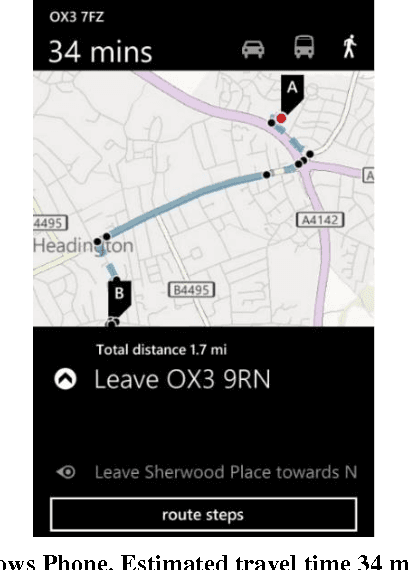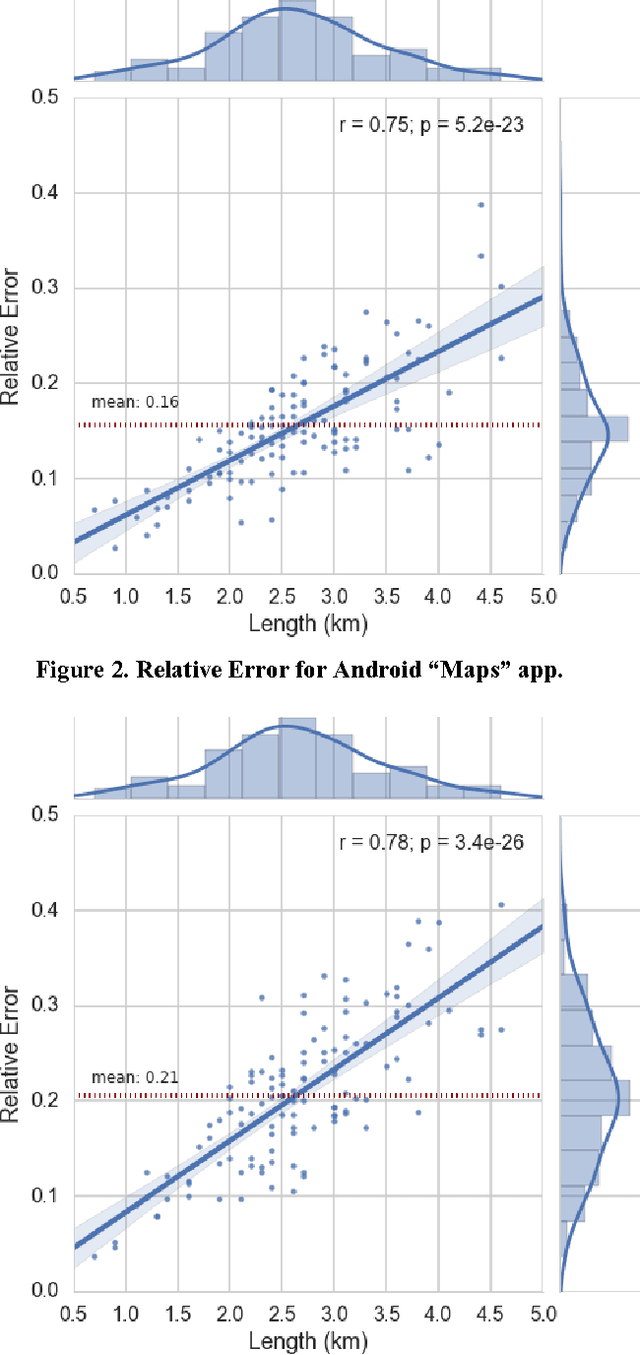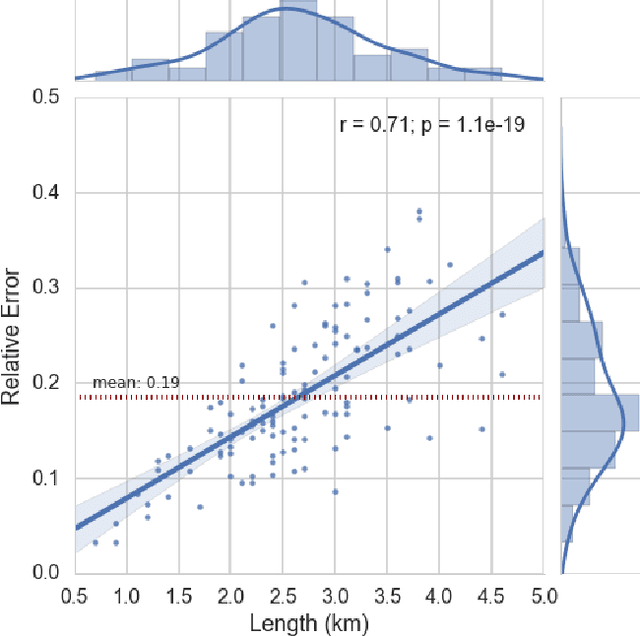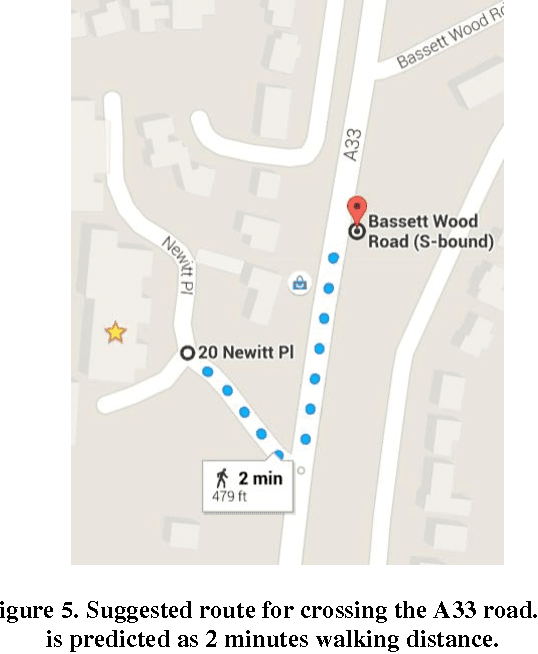Anahid Basiri
Learning from data with structured missingness
Apr 04, 2023Abstract:Missing data are an unavoidable complication in many machine learning tasks. When data are `missing at random' there exist a range of tools and techniques to deal with the issue. However, as machine learning studies become more ambitious, and seek to learn from ever-larger volumes of heterogeneous data, an increasingly encountered problem arises in which missing values exhibit an association or structure, either explicitly or implicitly. Such `structured missingness' raises a range of challenges that have not yet been systematically addressed, and presents a fundamental hindrance to machine learning at scale. Here, we outline the current literature and propose a set of grand challenges in learning from data with structured missingness.
Predictive Analytics for Enhancing Travel Time Estimation in Navigation Apps of Apple, Google, and Microsoft
May 23, 2017



Abstract:The explosive growth of the location-enabled devices coupled with the increasing use of Internet services has led to an increasing awareness of the importance and usage of geospatial information in many applications. The navigation apps (often called Maps), use a variety of available data sources to calculate and predict the travel time as well as several options for routing in public transportation, car or pedestrian modes. This paper evaluates the pedestrian mode of Maps apps in three major smartphone operating systems (Android, iOS and Windows Phone). In the paper, we will show that the Maps apps on iOS, Android and Windows Phone in pedestrian mode, predict travel time without learning from the individual's movement profile. In addition, we will exemplify that those apps suffer from a specific data quality issue which relates to the absence of information about location and type of pedestrian crossings. Finally, we will illustrate learning from movement profile of individuals using various predictive analytics models to improve the accuracy of travel time estimation.
 Add to Chrome
Add to Chrome Add to Firefox
Add to Firefox Add to Edge
Add to Edge